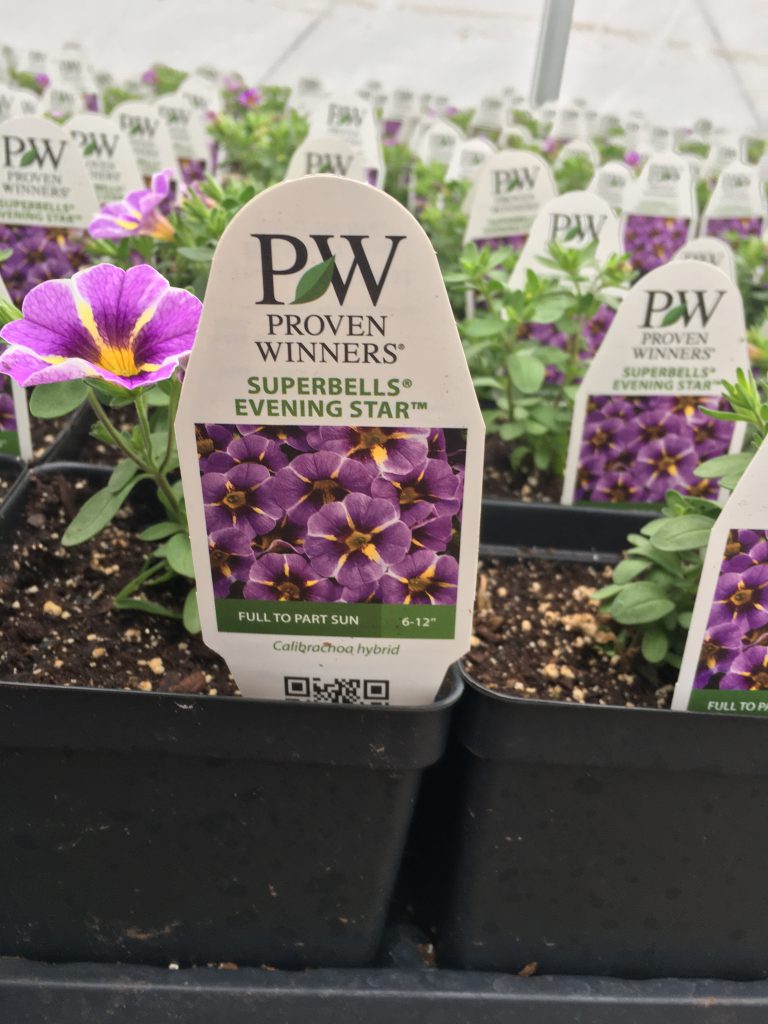It can be overwhelming to choose the right plants for your yard or garden. Usually, people come to the greenhouse knowing what they like, but selecting plants based only on what is pretty, without knowing whether they will grow where you will plant them, can be a recipe for disaster. It can lead to plants that do not flower all summer, look sick, or worse yet, die completely. But how do you know which plants will work? The answer may be right at your fingertips – the plant’s tag. Whether it is an annual, perennial, tree, or shrub, the plant usually has a plastic tag on it with a variety of essential information. The tag should tell you where it will grow best and how to take care of it. Some key things to look for on plant tags to help you decide if a plant is right for your yard or garden are:
• Hardiness Zone: The Hardiness Zone refers to the minimum temperature a plant can take and survive. The Evansville/Albany area is in zone 5. Any number higher than 5 means the plant is an annual and will not survive a Wisconsin winter. (Annuals do not have this information because they will not last the winter in most circumstances and are meant to be replaced yearly.)
• Light requirement: Some plants like the sun while others require part, for even full, shade to survive. The tag will tell you which it needs or if it can handle a combination of both. If the tag says sun, that means the plant will need at least 6 hours of direct, unshaded sunlight. Part shade means it will need 4-6 hours of direct sunlight. If the tag says shade, it needs to have less than 4 hours of direct sunlight. Any more than that, and it will not be happy.
• Watering requirements: This will help you determine how much to water your plant. If you are planting in your yard rather than a container, this will help you decide where to put the plant. Dry or wet spots in your yard will need plants that are adaptable to that condition.
• Maintenance: There is often additional information on the tag that will help your new plant thrive. It may include fertilizing tips, whether the plant needs old flowers broken off, if it is easy or difficult to grow. It will often say how long it will be until you can harvest them in the case of vegetables.
• Other Information: The tag often describes how tall the plant should grow, how far apart it should be planted from others, and good uses for the plant.
Of course, sometimes there is not a tag, or you have more questions. That is where our staff comes in. We are always here to answer questions about any of our plants. Go ahead and ask. We love to talk about gardening! After all, we love plants as much as you do.

